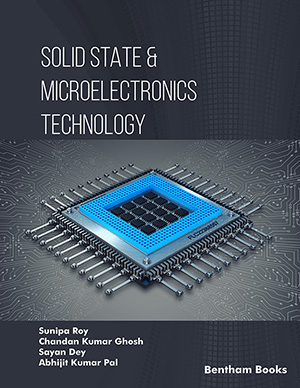Abstract
Background: Harmonic resonance is one of the apprehensive power quality problems in electric railway traction power supply systems. Harmonic resonances result in big harmonic voltage distortions or harmonic currents. Different harmonic resonance frequencies existing in a power system possess varying propagation areas and amplification levels. The frequency scan analysis technique and the resonance mode analysis technique are the two most commonly used methods. The frequency scan analysis technique can reveal whether resonance exists and determine the resonance frequency. Resonance mode analysis technique can further identify the location where a resonance can be most easily initiatedand observed. However, there are still few studies on the quantitative analysis of harmonic propagation and resonance amplification in traction power supply systems.
Methods: The model of the all-parallel autotransformer-fed system in the high-speed railway is built accurately, then a quantitative analysis method based on harmonic electrical distance is used to study the harmonic propagation characteristics and propagation severities caused by electric trains, and analyses in detail the influence of the number of lines, the number of trains, and the location of the train on the severity of resonance amplification.
Results: The results of case studies reveal the traction power supply system harmonic propagation characteristics and amplification severities and system parameter sensitivities in a quantitative way, validating the effectiveness and superiority of the quantitative analysis method.
Conclusion: Compared with the resonance mode analysis method and the frequency scan analysis method, at a harmonic resonance frequency point, the quantitative analysis method can quantitatively reveal the harmonic propagation area and amplification level at each bus of the traction power supply system. Meanwhile, it is simple and practical.
Keywords: Electric railway, traction power supply system, harmonic propagation, resonance amplification, frequency scan analysis, quantitative analysis.
[http://dx.doi.org/10.1109/TIA.2018.2813967]
[http://dx.doi.org/10.1109/TPEL.2019.2928636]
[http://dx.doi.org/10.3390/en13246662]
[http://dx.doi.org/10.1109/ACCESS.2020.2980872]
[http://dx.doi.org/10.1109/TPWRD.2013.2284233]
[http://dx.doi.org/10.3390/en14072012]
[http://dx.doi.org/10.1109/61.484130]
[http://dx.doi.org/10.1109/TPWRD.2004.834856]
[http://dx.doi.org/10.1109/TPWRD.2007.899481]
[http://dx.doi.org/10.3390/en14134017]
[http://dx.doi.org/10.1109/TPWRS.2014.2336243]
[http://dx.doi.org/10.1109/TPWRS.2008.2012179]
[http://dx.doi.org/10.1016/j.epsr.2017.09.016]
[http://dx.doi.org/10.1109/MEPCON.2017.8301231]
[http://dx.doi.org/10.1109/TPWRD.2019.2928565]
[http://dx.doi.org/10.1109/TPWRD.2016.2578941]
[http://dx.doi.org/10.1109/TPWRS.2010.2042979]
[http://dx.doi.org/10.1109/TPWRD.2005.852296]
[http://dx.doi.org/10.1109/TPWRD.2014.2359010]
[http://dx.doi.org/10.1109/TSG.2011.2162860]
 14
14 4
4










